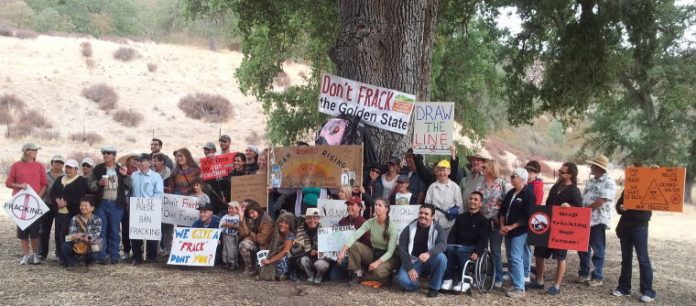
We have entered the political season. In San Benito County, Measure J is on the ballot. There has been, and no doubt will continue to be, a lot of claims and counterclaims about it. As is always the case in any political struggle, some claims are true, some are not.
A claim made early and often by Measure J proponents is this: “400 communities across the US that have passed similar bans to Measure J.” Measure J supporters have also claimed that none of the existing bans have been litigated. Not only are these claims deceptive – they are flat-out wrong.
So you will know how wrong, let’s dig a bit.
First, some context: the 2012 Census indicates there are almost 40,000 counties, cities and townships in the United States. If all 400 of the “communities” cited by the Measure J proponents were counties, cities or townships, that would be one thing. But they are not.
The list they tout includes neighborhood groups, school boards, and student councils. Obviously, any “ban” (and the word is enclosed in quotes intentionally) passed by these groups is symbolic since they do not have jurisdictional authority over land planning matters; therefore, they ban nothing.
Further, almost all of the so-called symbolic resolutions Measure J supporters call bans (exactly 15 of them in California) were nothing more than calls for a statewide moratorium on hydraulic fracturing until regulators completed the scientific studies required by Senate Bill 4.
The definition of “moratorium” is significantly different than the definition of “ban”.
You may recall that SB 4 was signed into law by Governor Brown in September 2013 and set some of the toughest regulations on energy production technologies in the country. However, first it required certain scientific studies to be completed so regulations could be based on facts, rather than hyperbole.
Using the term “ban” to describe a symbolic resolution is pure hyperbole. Other words for hyperbole are embellishment, exaggeration, and overstatement. In this context, it means truth-stretching.
The symbolic resolutions – conveniently and disingenuously relabeled “bans” by the Measure J proponents – were collected by environmental activists while seeking support for Senate Bill 1132, a bill that called for a short-term moratorium while regulations and studies required by SB 4 were completed. It is worth noting, the California State Senate rejected SB 1132.
There have only been three actual bans passed in California. One by Santa Cruz County where there is no oil production – again a symbolic action. One by the City of Beverly Hills where there is historic oil production, but where none of the techniques Measure J would prohibit are being used. So, it makes sense these two have not been challenged.
However, in the third city, Compton, a ban similar to Measure J was adopted, a lawsuit was filed, and the ban has been rescinded, for now.
Likewise, in Colorado, where actual bans have been passed by local jurisdictions, lawsuits have resulted. So far, five separate Colorado cities have passed bans. In one, Boulder, there are no active wells within its jurisdiction making the ban meaningless from the get-go.
In Broomfield, an oil and gas company that had a prior “memorandum of understanding” with the city, sued and won.
In the other three, Fort Collins, Lafayette and Longmont, lawsuits were filed and all three bans were struck down by the courts.
So to recap, there are not 400 bans nationwide. The rhetoric about 400 bans is simply not true. Where actual bans have been passed, they have fared poorly in court.
Why subject the taxpayers of San Benito County to the cost of defending a ban that will most certainly lead to litigation; litigation San Benito County will lose. Vote no on J.
Edward S. Hazard, president, NARO-California









